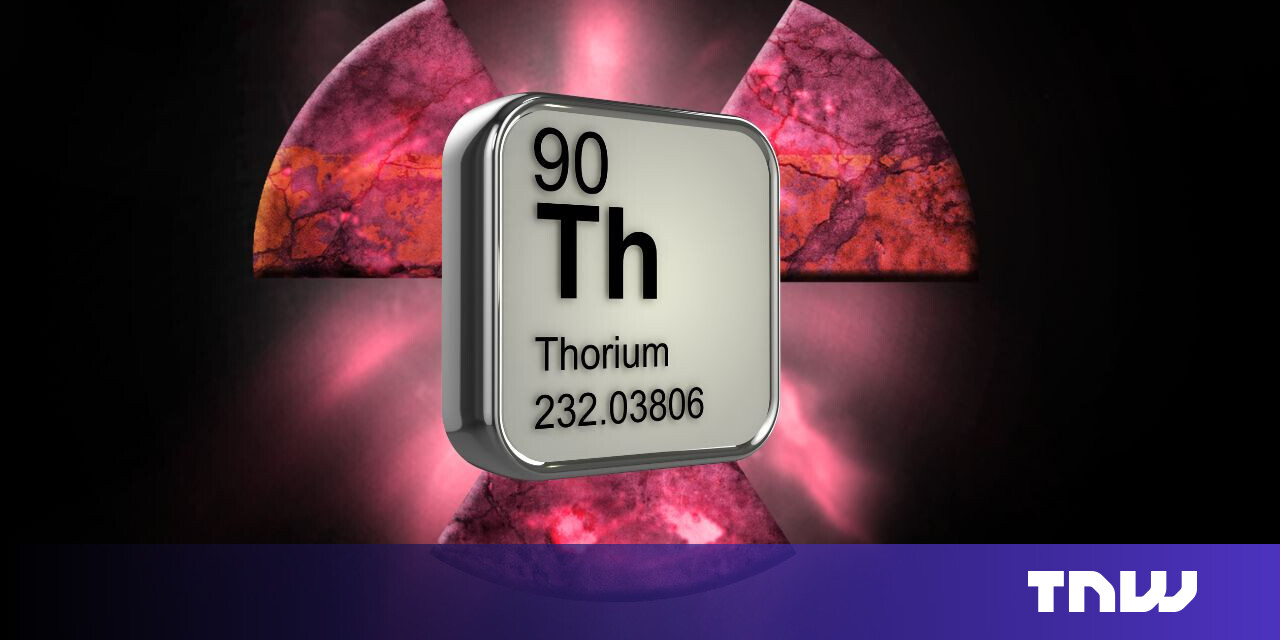#Google TV: What you need to know about CTV buying in Google Ads
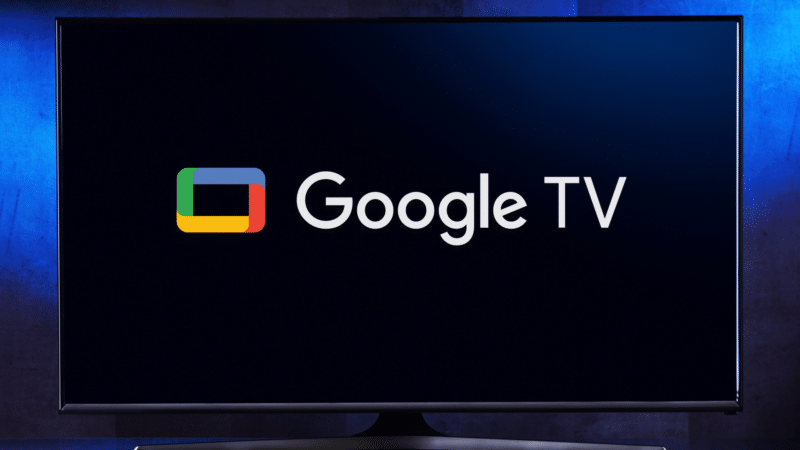
Table of Contents
New Google TV ad placement in Google Ads unlocks CTV buying. Get an overview of the implications, pros and cons, and optimization strategies.
This article covers how Google TV differs from YouTube TV, the implications of this addition for media buyers, and recommendations on optimizing campaigns leveraging this emerging ad placement.
Google TV: The next stage of video advertising
The expansion of Google Ads video advertising through YouTube has been remarkably innovative. From the introduction of heavily anticipated Shorts ads to the creative in-feed ad placements, the expansion has been an amazing learning experience for advertisers.
The growth has not stopped. The newest ad placement to arrive – Google TV – is now available through the UI of Google Ads, not relegated to those with access to Google Display & Video 360 (DV360) and their programmatic video buying platform.
The implementation of advertising on Google TV differs from YouTube TV:
- YouTube TV acts as a subscription streaming service, offering 100+ live TV channels from popular broadcast and cable networks. It focuses on TV but offers on-demand content and original programming.
- Google TV acts as a smart TV experience similar to Apple TV, which can come pre-installed or be downloaded onto smart TVs. Google TV serves as a platform for other CTV content providers such as Peacock, Tubi, and others, offering a large selection of movies and TV shows that users can rent or buy.
Google TV vs. YouTube TV: How do they differ?
Availability
While some consider both products similar, there are significant differences, as YouTube TV is available everywhere, while Google TV is not.
Google TV can be accessed only through:
- The web.
- Google Play Movies.
- YouTube.
- The Google TV app via Android.
- Google TV smart TVs.
- Chromecast with Google TV sticks.
In contrast, YouTube TV is available on:
- Most smart TVs.
- Xbox and PlayStation consoles.
- Amazon Fire TV Stick.
- Chromecast.
- Roku.
- iPhones and iPads.
- Android smartphones and tablets.
Pricing
- YouTube TV costs a minimum of $64.99, with any additional premium channels added for $5-$15.
- Google TV movies start around $5 and go up, depending on whether you choose to rent or buy, with TV episodes averaging $3 each, while content needs to be purchased or unlocked via a service.
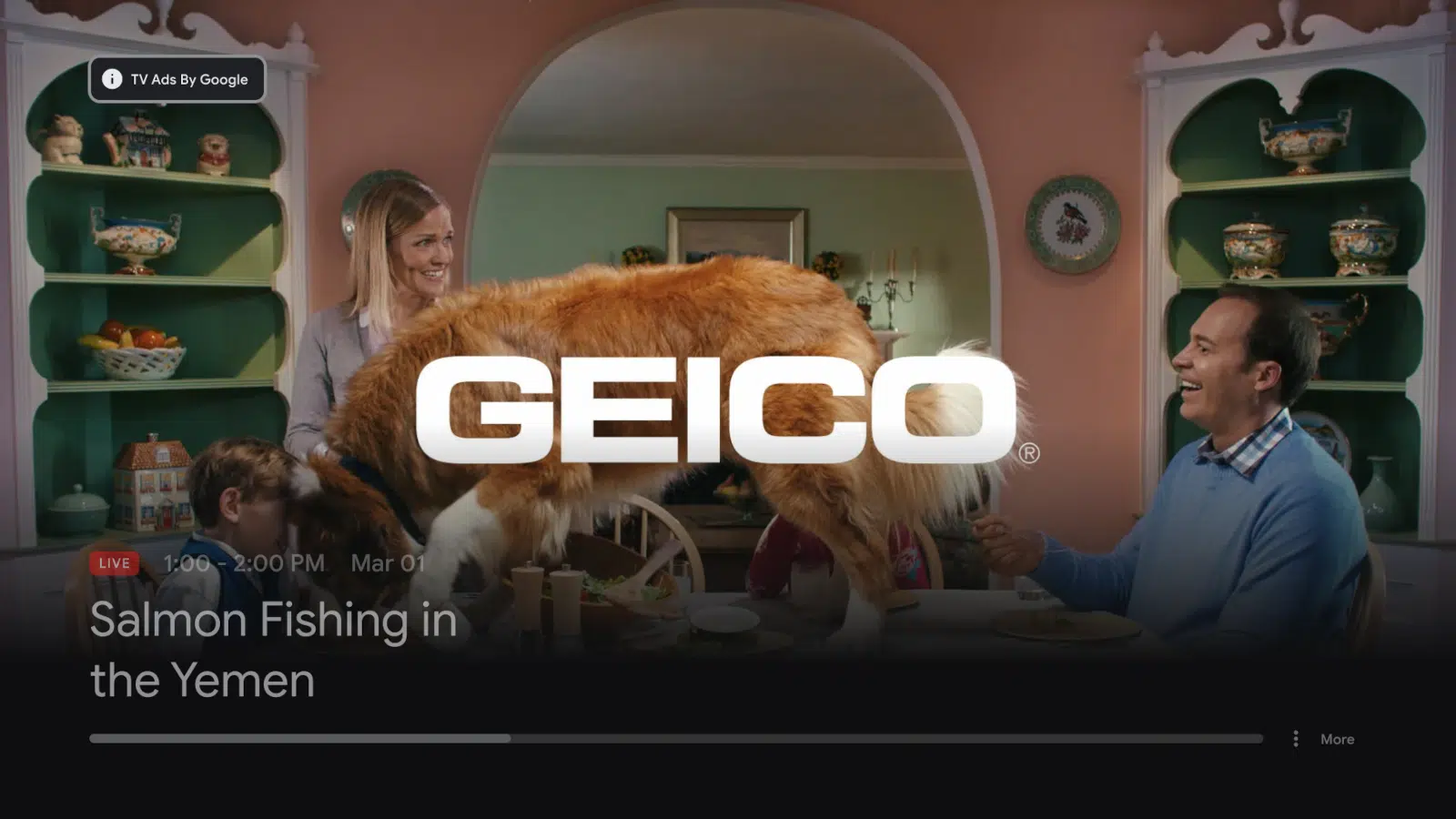
Analyzing the Google TV opportunity
Adding Google TV inventory to the suite of placements within Google Ads Video indicates a push for more top-funnel new user acquisition after a large focus on down-funnel activities with Performance Max and Demand Gen.
To run on Google TV, you must couple this placement with YouTube but maintain the ability to exclude the display network. In most cases, we try to do this to limit impressions outside the premium environment of YouTube and Google TV.
Google TV requires a non-skippable 15-second ad, so having this is imperative to obtain impressions via CTV. This is important if you are seeking TV impressions; we have observed that the shorter the ad, the better it is for reaching users on the big screen.
Segmenting your device also presents a great opportunity to drive impression volume to the largest screen in the home. However, in our limited testing, we are still seeing more impressions via YouTube and YouTube TV on television versus minimal impressions on Google TV initially.
As we see more Google TV impressions, we will begin to analyze placement reports and, in hopes, also receive key demographic data and engagement metrics (such as earned views, subscribers, and playlist adds), which will be crucial insights for campaigns and brands.
Programmatic CTV buying is not new to our industry. However, considering it within the context of Google Ads, this inventory was typically gated.
As the platform opens its doors to all advertisers, I believe we will see a similar implementation to what we saw with the Google Display Network, where Google TV will primarily house both remnant and premium inventory from a variety of suppliers.
The announcement of Google TV also precedes some key platform video news, with Amazon and others adding ads to their video platforms. With more CTV players entering the market, there is a huge opportunity for arbitrage with Google Ads leading the way, given the number of advertisers willing and waiting to buy OTT placements programmatically.
The big difference, and always the differentiator for Google Ads, is the targeting and insight capability. With the ability to leverage the suite of Alphabet data (Google Search, Google Analytics, YouTube, Android, and Gmail) combined with non-skippable ads in-home, we believe a relevant shift in interest and dollars flows into the Google Ads platform.
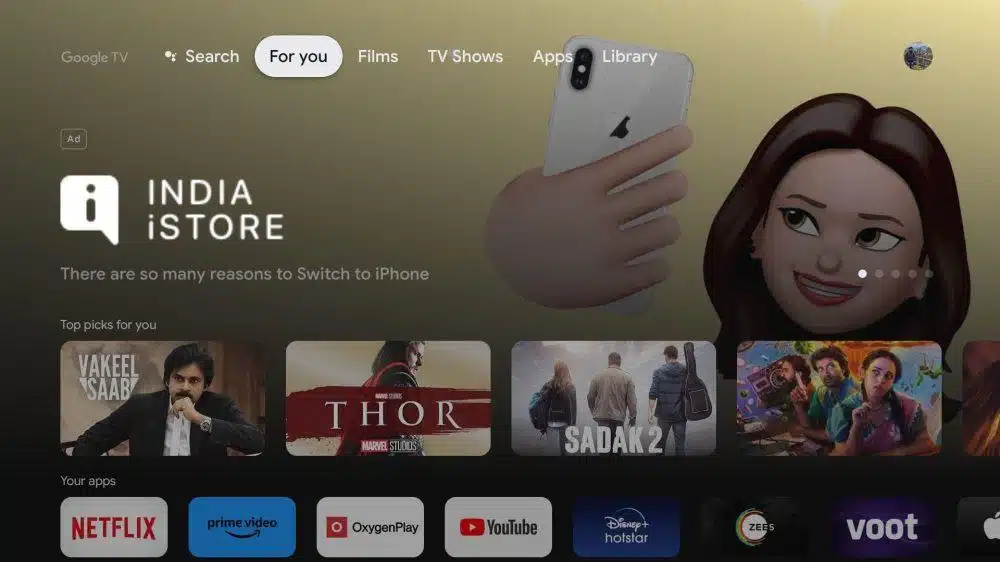
Optimizing Google TV campaigns
When advertising on Google TV (YouTube), I’ve always prioritized two optimizations as most important:
Segment early/often
Within the Google Ads platform, you can precisely target your audience immediately due to its scalability worldwide and YouTube’s penetration across every demographic.
For Google TV, we have observed inventory shrinkage when segmenting, so we recommend capturing as much Google TV inventory as possible.
It’s advisable to segment some of the audience but not to hyper-segment, as we’ve found this leads to a disproportionately high amount of YouTube inventory versus Google TV.
Variation and iteration
It’s crucial to have multiple videos to test, and always try to introduce variation within the first 5–15 seconds, as everyone starts the video, but not everyone finishes it.
Given the limitation of running only 15-second non-skippable ads, we recommend testing three different versions to potentially secure more Google TV inventory over YouTube. This approach has been effective in some but not all cases during our brief testing period.
Understanding the pros and cons
The implications for advertisers with regard to a new placement like this include both pros and cons.
Pros
- First mover advantage: Advertisers who act first on new ads, placements, and targeting often benefit from lower costs and better performance.
- Programmatic OTT/CTV buying within Google Ads: This offers ease of use and saves time.
- Placement comparison: This allows for comparing engagement, web, and conversion performance to other video, display, and search placements.
- Multi-placement approach: Leveraging CPV (cost per view) skippable, Shorts, and in-feed ads in combination with non-skippable CTV ads provides a well-rounded approach to a campaign within a single ad platform.
- Insight: Understanding how users interact via TV compared to mobile, desktop, and tablet can lead to a deeper understanding of audience differences across demographics, placements, and targeting.
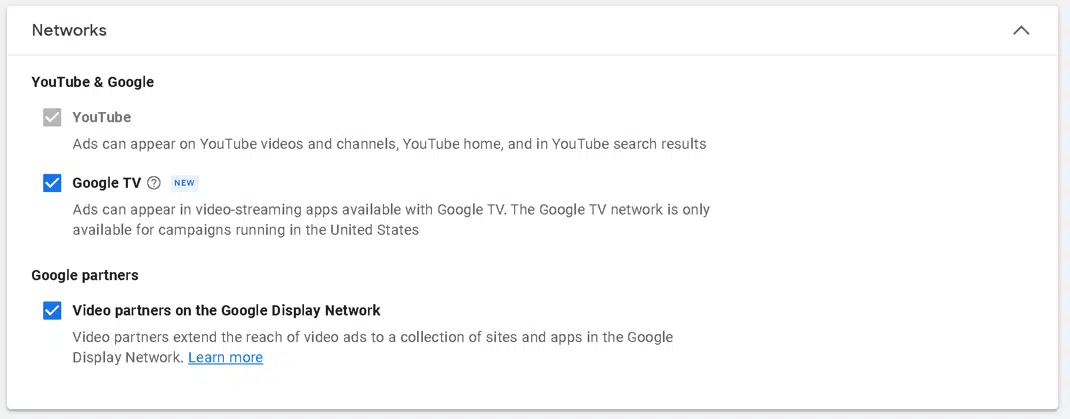
Cons
- Segmentation: It’s impossible to segment exclusively to Google TV; it needs to be paired with at least YouTube.
- Inventory constraints/impressions: Similar to most new products, limited inventory has been observed in early testing. This limitation could also suggest constraints on remnant inventory with premium placements being sourced to DV360 or direct buys from CTV platforms (i.e., Peacock and Tubi).
- Campaign sub-type: Currently, only “Non-Skippable” and “Efficient Reach” are the available sub-campaign types for targeting Google TV. This limitation prevents the use of conversion campaigns, designed to target users more likely to convert as opposed to users who are more likely to watch, engage, or exhibit more top-funnel user behaviors.

Capitalizing on Google TV inventory
All advertising platforms continue to show growth, but from 2023 to 2024, Google Ads, specifically within video, has advanced like no other. We will continue to see growth as shopping, creators, and platform user interaction/engagement become more seamless and integrated.
I believe Google TV will be the gateway for many small to mid-sized advertisers to get on the big screen without minimum spend or the need for direct contact/buy with an agency or provider.
For media buyers, we have another tool to create what I believe is the most important attribute to any successful brand: the halo effect. This effect occurs when an impression in one area (Google TV) can cause an action (such as a search, website visit, download, or purchase) in a completely different area.
If you liked the article, do not forget to share it with your friends. Follow us on Google News too, click on the star and choose us from your favorites.
If you want to read more like this article, you can visit our Technology category.
